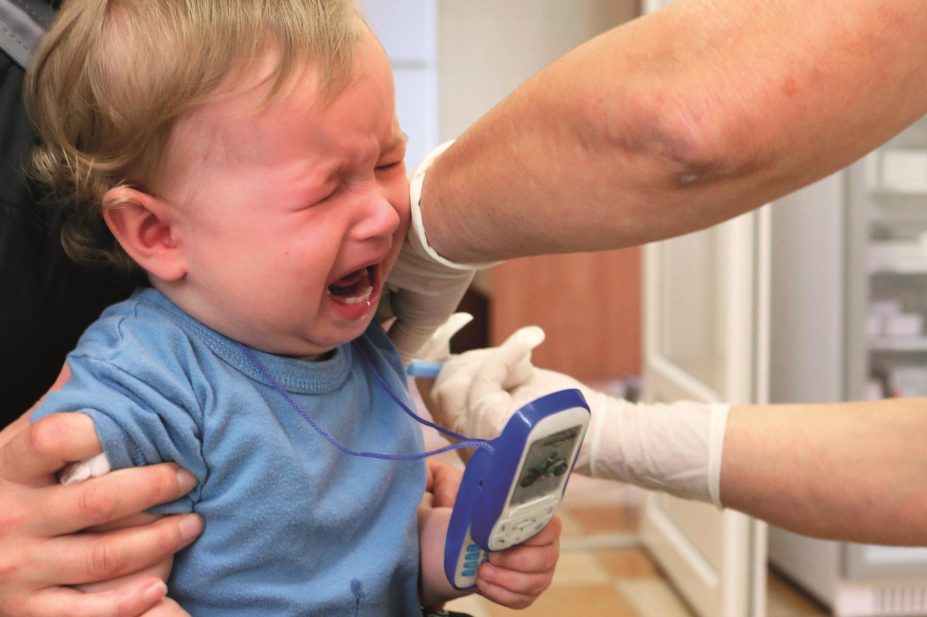
Sputnik / Science Photo Library
The immune response of children aged two years and under to injectable influenza vaccine can be increased by oil-in-water squalene-based adjuvant MF59. The adjuvant increases the antibody responses and the production of vaccine-specific T cells, as well as creating a more robust signature of genes involved in antiviral immunity and antigen presentation, a study published in PNAS Online Early Edition
[1]
on 11 January 2016 has found.
Researchers investigated why injectable influenza vaccines are not as effective in children aged two years and under as they are in adults, and assessed the impact of MF59 adjuvanted vaccines.
“The aim of the research was to learn more about why the MF59 adjuvanted influenza vaccine induces stronger immune responses in children under two years of age than conventional injected flu vaccines,” says Andrew Pollard, professor of paediatric infection and immunity at University of Oxford, one of the researchers. “This would help us to understand more about how the immune system works, and to generate ideas about how we might make better vaccines.”
In the UK, children aged over two years are routinely given the nasal live attenuated influenza vaccine, but it is not approved for use in younger children. The trivalent inactivated injected vaccine (TIV), which is given to adults, is not particularly effective in young children and has especially poor efficacy in babies and toddlers.
MF59 increases the immune response to influenza vaccines, but an MF59-adjuvanted TIV is not approved in children, despite being studied in more than 5,000 children in clinical trials.
The research team took a “systems vaccinology” approach to understanding the vaccine responses. This uses systems biology approaches to find molecular signatures, which may be able to predict immune responses and find new measures of protection.
In the phase II open-label study, children aged 14 months to 24 months were given two doses of an MF59-adjuvanted vaccine or a non-adjuvanted vaccine a month apart, and the antibody and other immune responses were measured before and after doses.
“We have identified genes that are important in controlling the immune response to vaccines in young children and observed some important differences with previous studies in adults,” says Pollard.
“These observations now need further investigation to establish which are the most important to control immunity and whether we can switch these genes on selectively and improve protection against flu.”
Overall, the patterns of adaptive and innate immune responses in the children given the adjuvant-boosted influenza vaccine were closer to the adult responses to the vaccine, suggesting that this is how the adjuvant makes the vaccine more effective in this vulnerable group.
“The research helps us understand how this vaccine works, which could lead to improvements with future flu vaccines,” says Pollard.
Influenza is a viral infection affecting the lungs and airways, causing a range of symptoms, including headache, fever, cough and aching muscles and joints. Complications include bacterial pneumonia, which can be life threatening, especially in older people and people with certain underlying health conditions.
References
[1] Nakaya HI, Clutterbuck E, Kazmin D et al. Systems biology of immunity to MF59-adjuvanted versus nonadjuvanted trivalent seasonal influenza vaccines in early childhood. PNAS Early Edition 2016. doi: 10.1073/pnas.1519690113


